How easy is it to spot the next stock market bubble or crash? Well, if you look at these examples and you also analyze the factors that led up to them it may not seem all that difficult.
In reality, the difficulty is not identifying a bubble but timing one – since markets have a tendency to stay inflated for longer periods than most would anticipate.
Nevertheless, here are some signs and similarities to look out for:
– Rapid price movements
Clearly, one similarity all stock market bubbles and crashes possess is that they see huge price moves. So if a major market has rallied by a huge amount in a relatively short space of time it’s a sign that a bubble is forming.
– Leverage & debt
Most bubbles have relied on some level of leverage or debt to sustain higher prices. During tulip-mania, speculators were able to buy futures contracts on bulbs without money up front, and in the credit crisis, people were able to buy real estate without any real proof of income.
– People start talking
It’s often said that during the Roaring Twenties even the shoe shiners were giving out stock tips. Similarly, in the Dot-com bubble, it was easy to find people trying to make a quick buck riding on the latest Internet IPO. Whenever your neighbour starts talking stock picks, or how much money they’re making in real estate, gold or whatever, it’s a sure sign of a bubble.


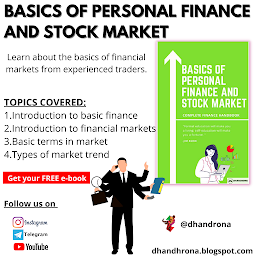
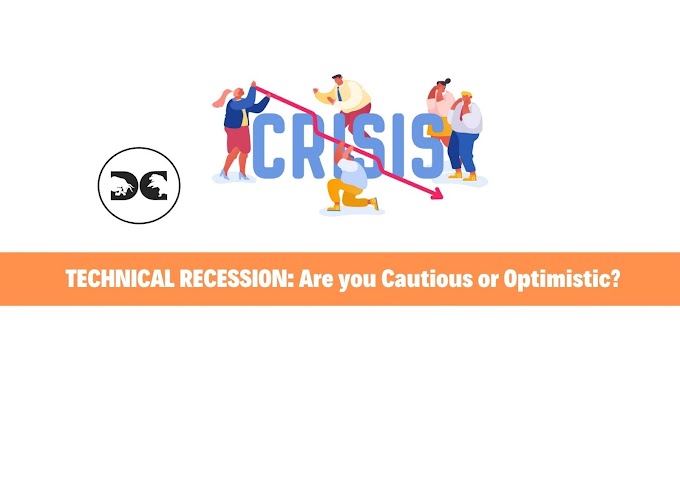
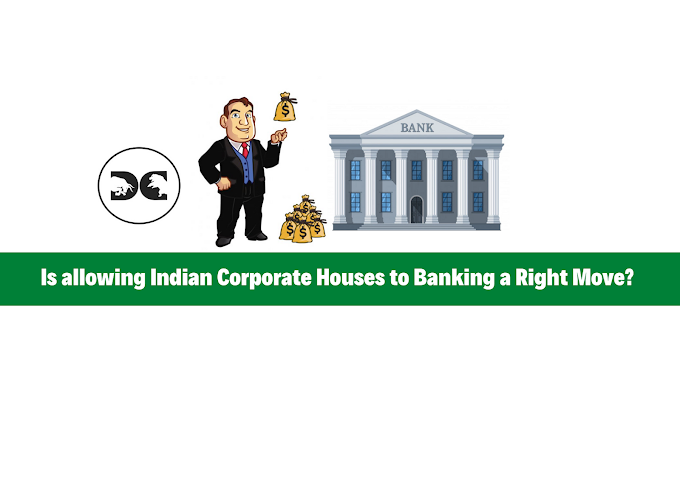
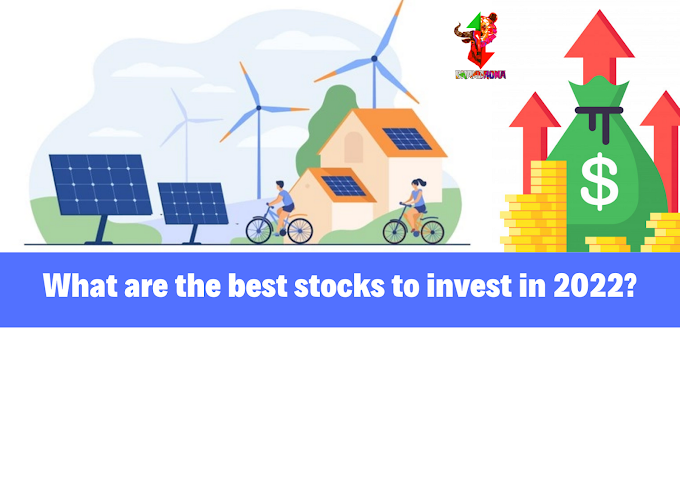
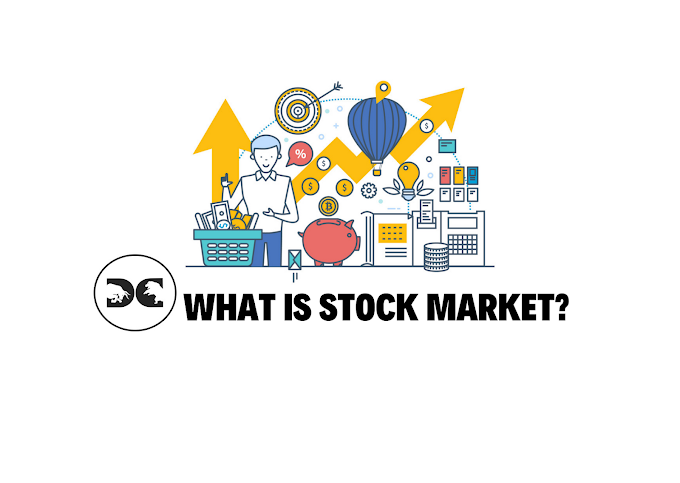



Social Plugin